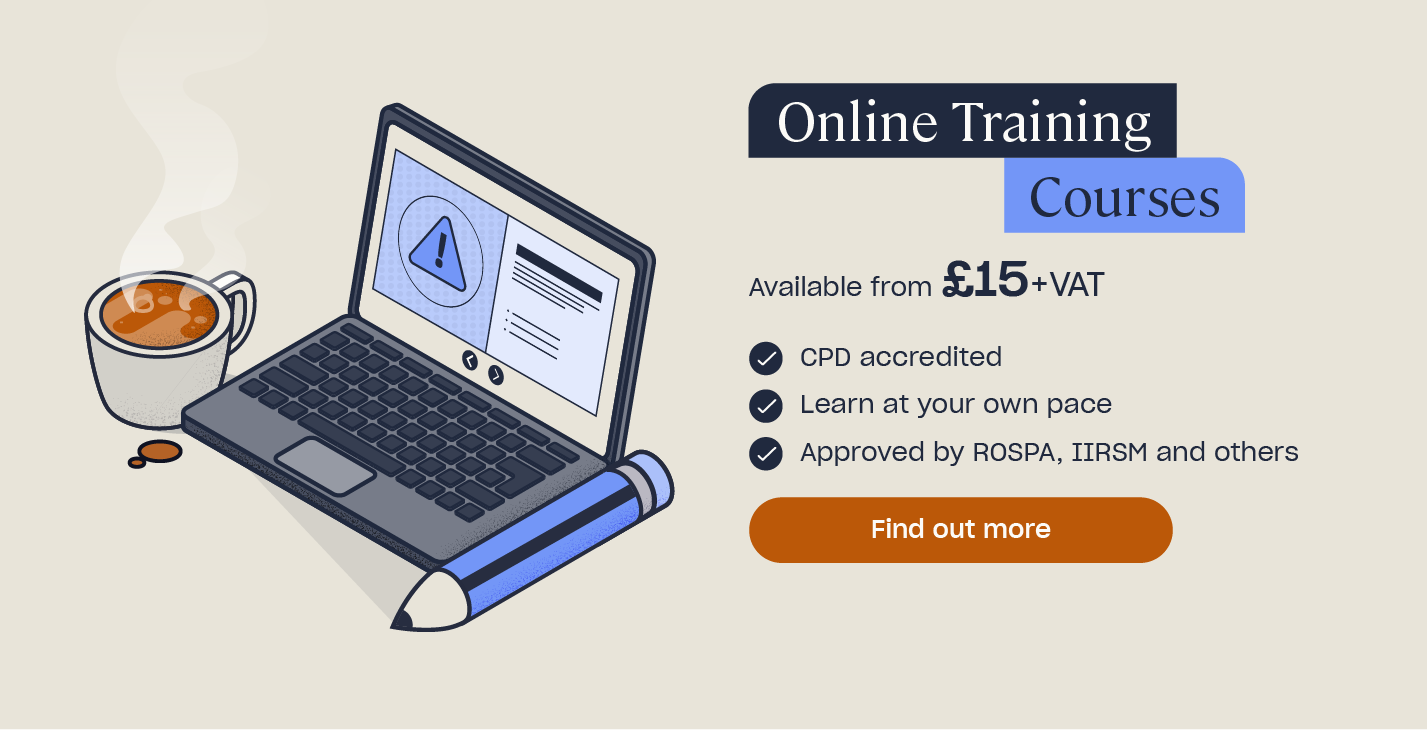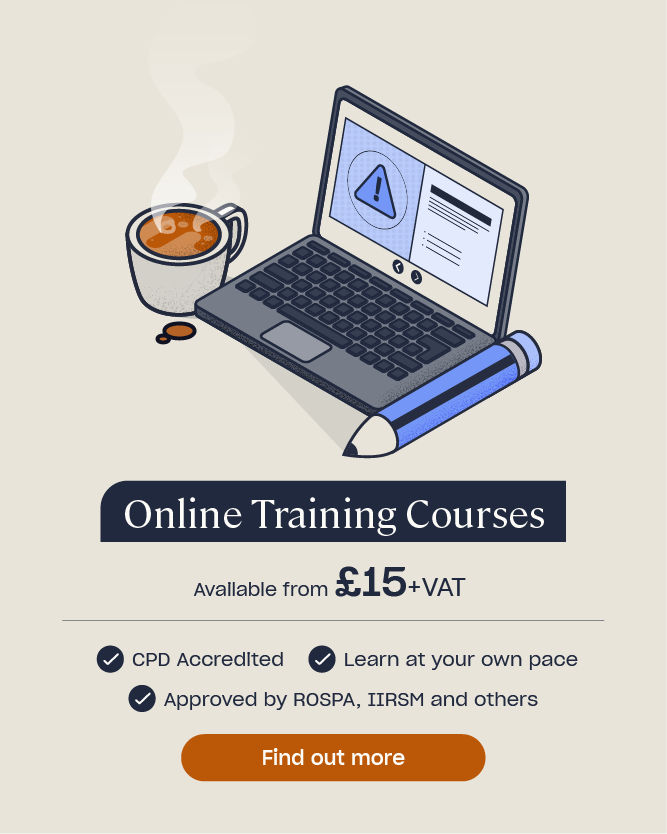What is ISO 9001 – Quality Management System?
ISO 9001 is a globally-recognised and widely-used standard for quality management systems. Achieving certification in ISO 9001 has many benefits for your organisation, particularly if you’re looking to win new customers, clients and investors. In this article, we’ll look at why it’s important to have an ISO 9001 quality management system, how to achieve ISO 9001 certification and what the requirements of ISO 9001 are.
What is ISO 9001 Quality Management System?
An effective Quality Management System (QMS) helps to reassure customers, clients, stakeholders and investors that your organisation can meet their expectations and deliver what it promises. It ensures that the products and/or services you offer are always the best they can be by refining processes and making customer satisfaction the ultimate goal.
ISO 9001 is a global QMS certification scheme that helps you to continually improve your processes, enhance the quality of your products and/or services and continually exceed customer expectations. Having an ISO 9001 QMS shows that your organisation has effective processes in place to deliver high quality products and services every time.
Organisations don’t have to undergo the ISO 9001 certification process to implement an ISO 9001 QMS: anyone can use the principles of the standard to build a quality management system. However, undergoing an assessment to obtain ISO 9001 certification proves that your business conforms to the international standard and is highly attractive to potential clients and investors.

Why is ISO 9001 Important?
ISO 9001 is important because it enables organisations to continually improve and strive to provide the best possible products and services. It offers comprehensive guidance for businesses to follow in order to continuously progress, adapt and encourage excellence.
There are many benefits of an ISO 9001 Quality Management System for your business, including:
- Improved business efficiency and reduced costs – following the ISO 9001 standard ensures your processes and operations are more streamlined. Any inefficiencies and waste are eliminated, therefore reducing costs, improving the use of resources and enhancing productivity.
- Better product quality – an ISO 9001 QMS means better quality control, ensuring all products and services are of the highest quality every time and consistently meet customer and regulatory expectations.
- Improved consistency – ISO 9001 provides businesses with a framework to follow that ensures consistent performance through a clear process for all stages of the product or service’s lifecycle.
- Increased customer confidence – ISO 9001 focuses heavily on customer satisfaction, so following the standard means that organisations have robust quality control processes in place, and no customer is ever left disappointed. ISO 9001 also offers advice on how to resolve customer complaints and solve problems more efficiently.
- Continuous improvement – a big focus of the ISO 9001 standard is continuous reflection on processes and outcomes. An ISO 9001 QMS is regularly audited and adapted to ensure businesses stay competitive, problems are quickly identified and customer satisfaction remains high.
- Enhanced risk management – an ISO 9001 QMS is built to quickly and proactively identify errors and bumps in the road so that risks can be mitigated before they cause bigger problems. This can save businesses from costly mistakes.
- Better employee engagement – an ISO 9001 certificated QMS sets out clear roles and responsibilities for all members of staff and involves workers in decisions about changes to processes. This leads to higher engagement and productivity among employees.
- Entry into new markets – having an ISO 9001 certificate shows to potential customers, clients, suppliers and investors that the organisation takes quality seriously and is capable of meeting their expectations. This is highly attractive to potential investors.
Looking to Implement an Effective QMS?
Our comprehensive range of Online Training Courses will help you in all aspects of business, ensuring your organisation has the processes and procedures in place to apply for ISO 9001 certification.
ISO 9001 Requirements
The ISO 9001 requirements apply to all types and sizes of organisations in all sectors. If your business has an interest in improving and managing the quality of its products and services, then the ISO 9001 standard is applicable to you, whether you work in manufacturing, education, healthcare or elsewhere.

The ISO 9001 certification requirements cover a range of topics relating to how your business operates. It’s structured around 10 main clauses, as follows:
- Clause 1: Scope – This section gives a definition of the purpose and scope of the ISO 9001 standard.
- Clause 2: Normative References – This section explains the reference standards and publications relevant to ISO 9001.
- Clause 3: Terms and Definitions – This section outlines the key terms and definitions used within the ISO 9001 standard.
- Clause 4: Context of the Organisation – This section asks organisations to identify any internal and external factors that are likely to influence the processes and intended results of the QMS.
- Clause 5: Leadership – This section outlines the importance of leadership in creating and maintaining an effective QMS. It outlines the roles of senior management and emphasises the need for their full commitment to the QMS.
- Clause 6: Planning – This section covers the objectives, risks and opportunities of the QMS, prompting organisations to consider how they will achieve their goals and continually improve their QMS.
- Clause 7: Support – This section covers resources, competence, awareness, communication and documented information.
- Clause 8: Operation – This section outlines the importance of effective processes and explains how all processes and operations must be planned, implemented and controlled in order to increase and maintain customer satisfaction.
- Clause 9: Performance Evaluation – This section requires organisations to monitor, measure, analyse and evaluate the performance of their QMS to ensure the system and the products/services are meeting expected standards.
- Clause 10: Improvement – This section emphasises the need for continual improvement by taking advantage of new opportunities, continuously looking to improve the effectiveness of the QMS and carrying out regular audits.
How to Achieve ISO 9001 Certification
To achieve ISO 9001 certification for your organisation’s QMS, you’ll need to follow a series of steps:
Step 1: Understand the ISO 9001 requirements
It’s important that you familiarise yourself with the content and expectations of the ISO 9001 standard. To create an ISO 9001-compliant QMS, you’ll need to understand the core elements and how they apply to your organisation. You can purchase a copy of the standard here.
Step 2: Undergo a stage 1 assessment
A stage 1 assessment acts as a gap analysis of your current QMS to see what’s missing and how you can make improvements in order to obtain ISO 9001 certification. After the assessment you’ll receive an audit report that highlights the actions needed. There are various independent companies that offer the stage 1 audit and assessment.

Step 3: Implement any QMS changes
Use your stage 1 assessment findings to make changes to your QMS in order to make it compliant with the expectations of ISO 9001.
Step 4: Undergo a stage 2 assessment
A stage 2 assessment is an in-depth review of your QMS by an auditor. The auditor will look at all your systems and processes to see whether they meet the ISO 9001 requirements. There are various independent companies that offer the stage 2 assessment, so search online to find one that suits you best.
Step 5: Receive and maintain your ISO 9001 certificate
If you pass the stage 2 assessment, then you’ll be awarded the ISO 9001 certification. This certification is valid for 3 years and requires regular maintenance audits in order to be maintained.
An ISO 9001 Quality Management System will help your business to consistently produce high-quality products and/or services that always meet your customers’ expectations. Achieving ISO 9001 certification proves to clients, customers and investors that you take quality seriously and always put the customer first. To obtain ISO 9001 certification, you’ll need to follow a series of steps including two assessments, but the benefits it will bring to your organisation are numerous.
Further Resources:
- Online Training Courses
- Training Needs Analysis: Free Template
- 6 Types of Leadership: Which Leadership Style is Right For Me?
- What is ISO 37001 – Anti-Bribery Management Systems?
- What is ISO 31000 – Risk Management?







